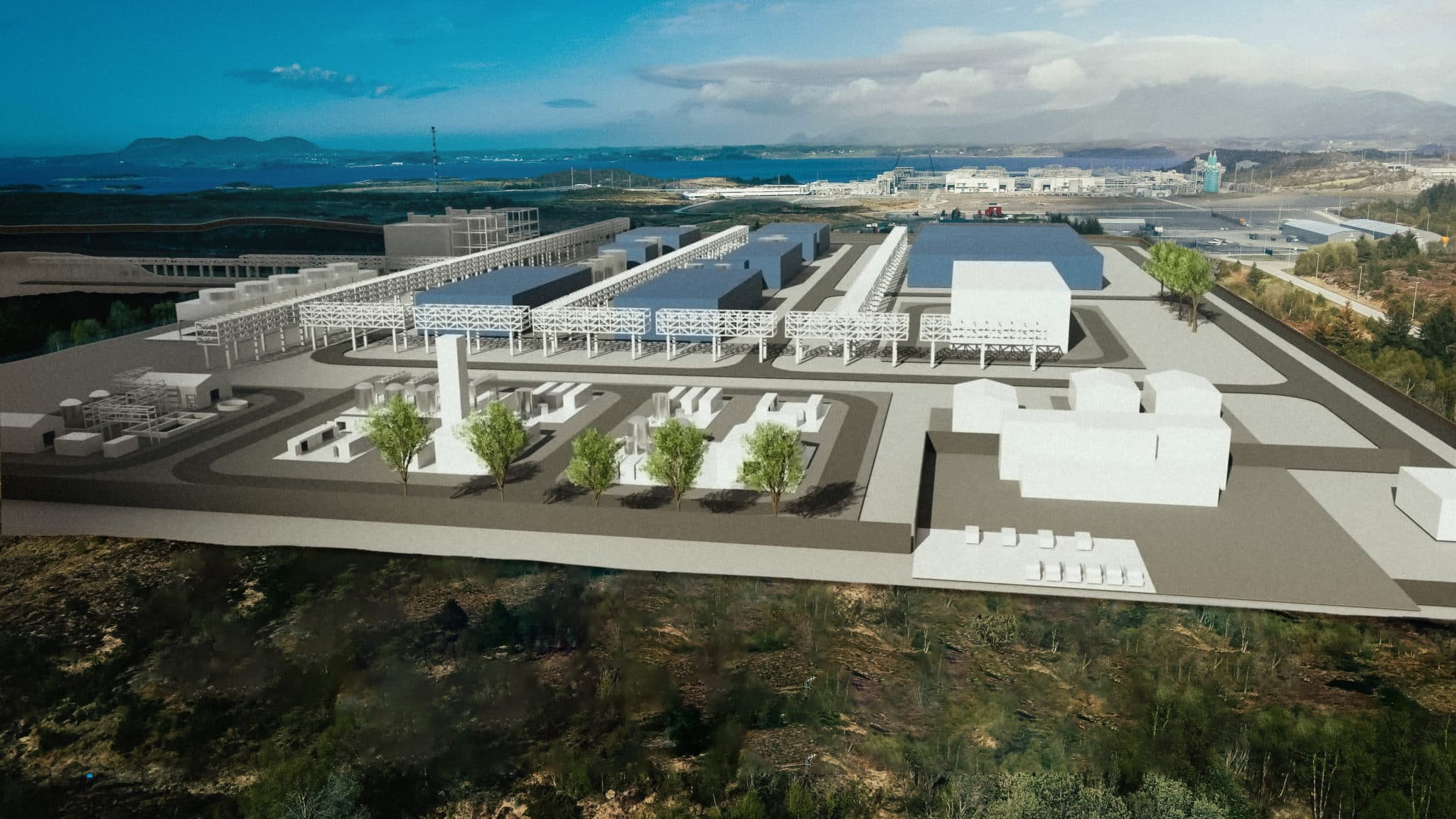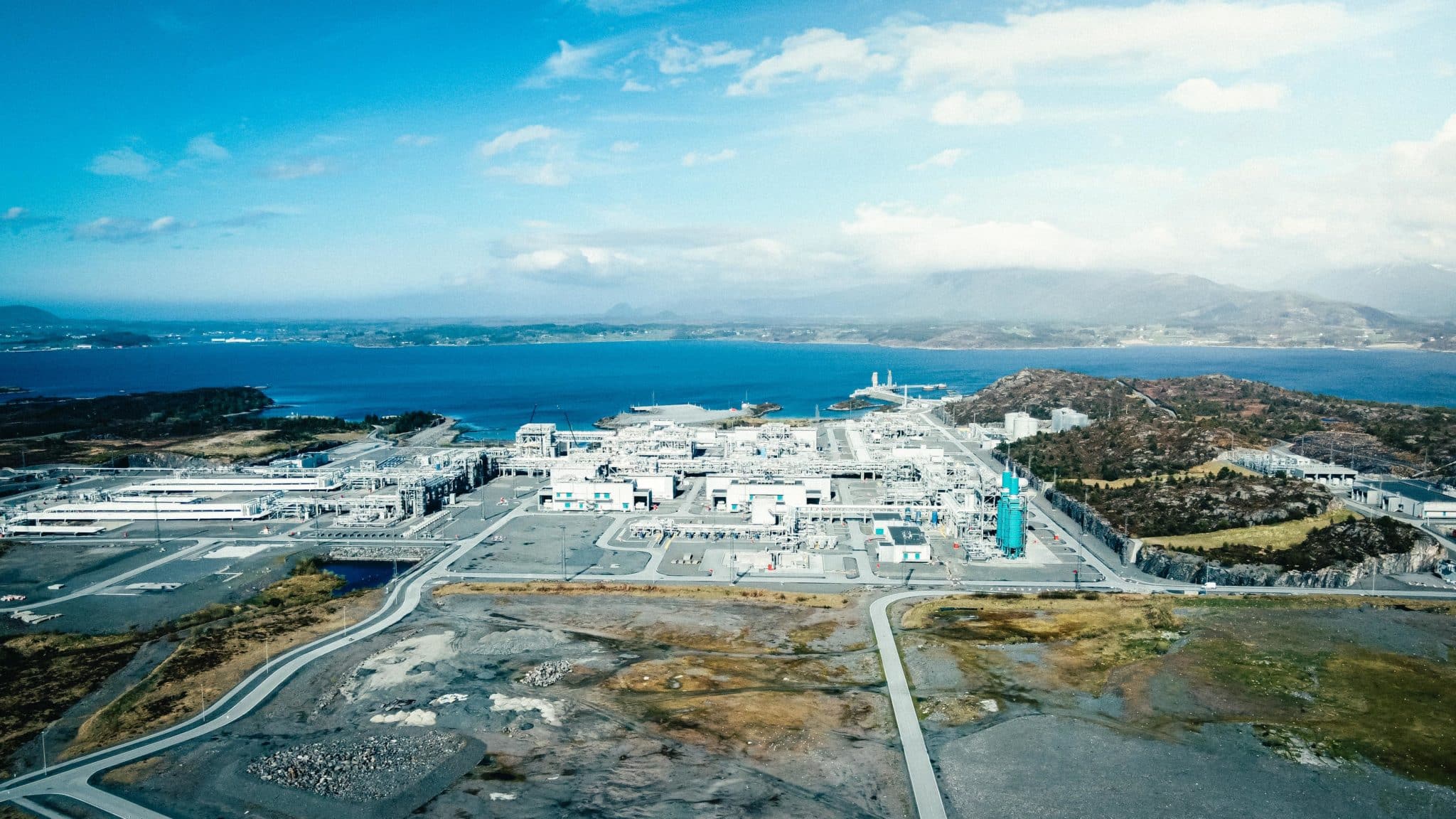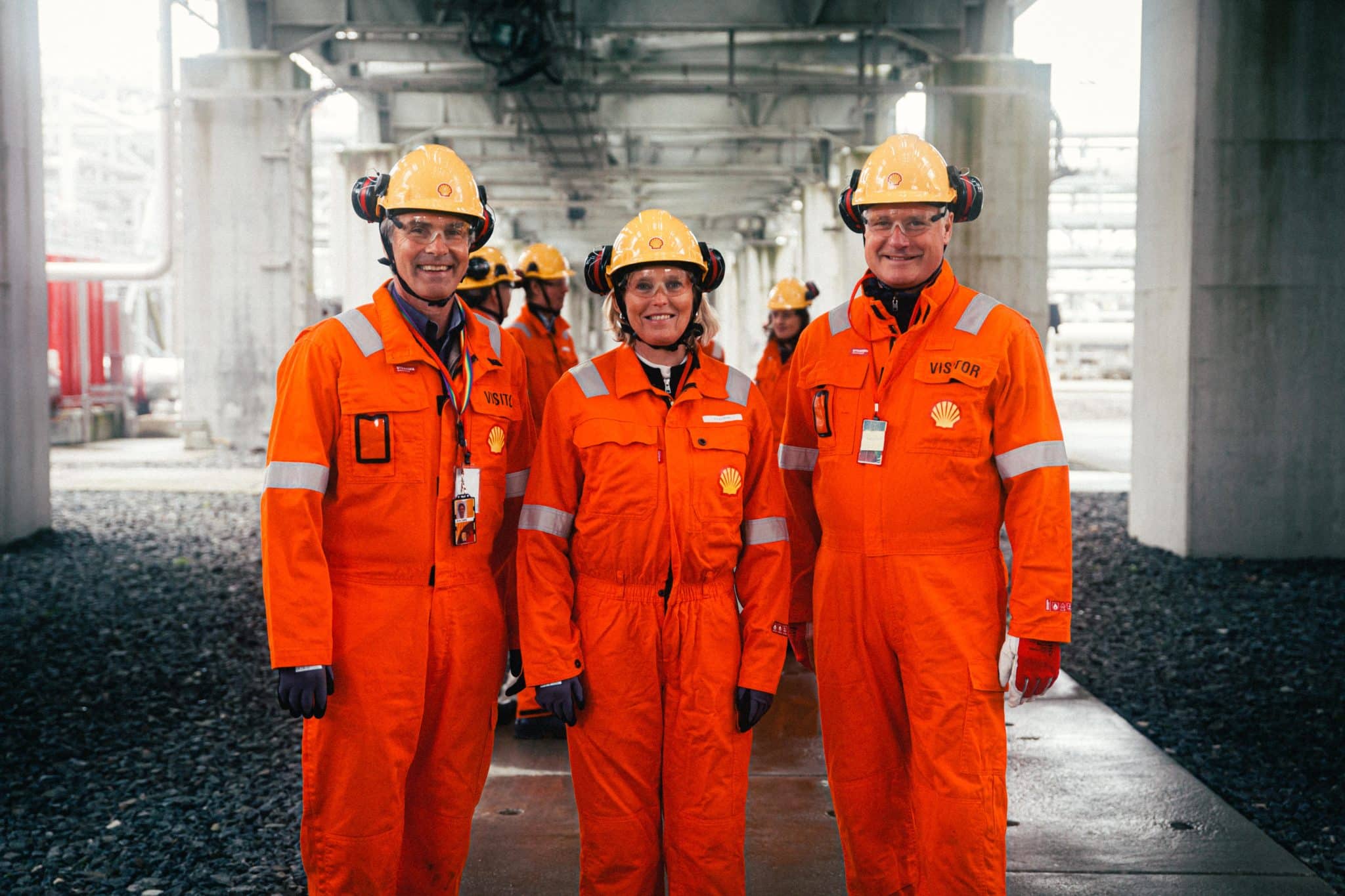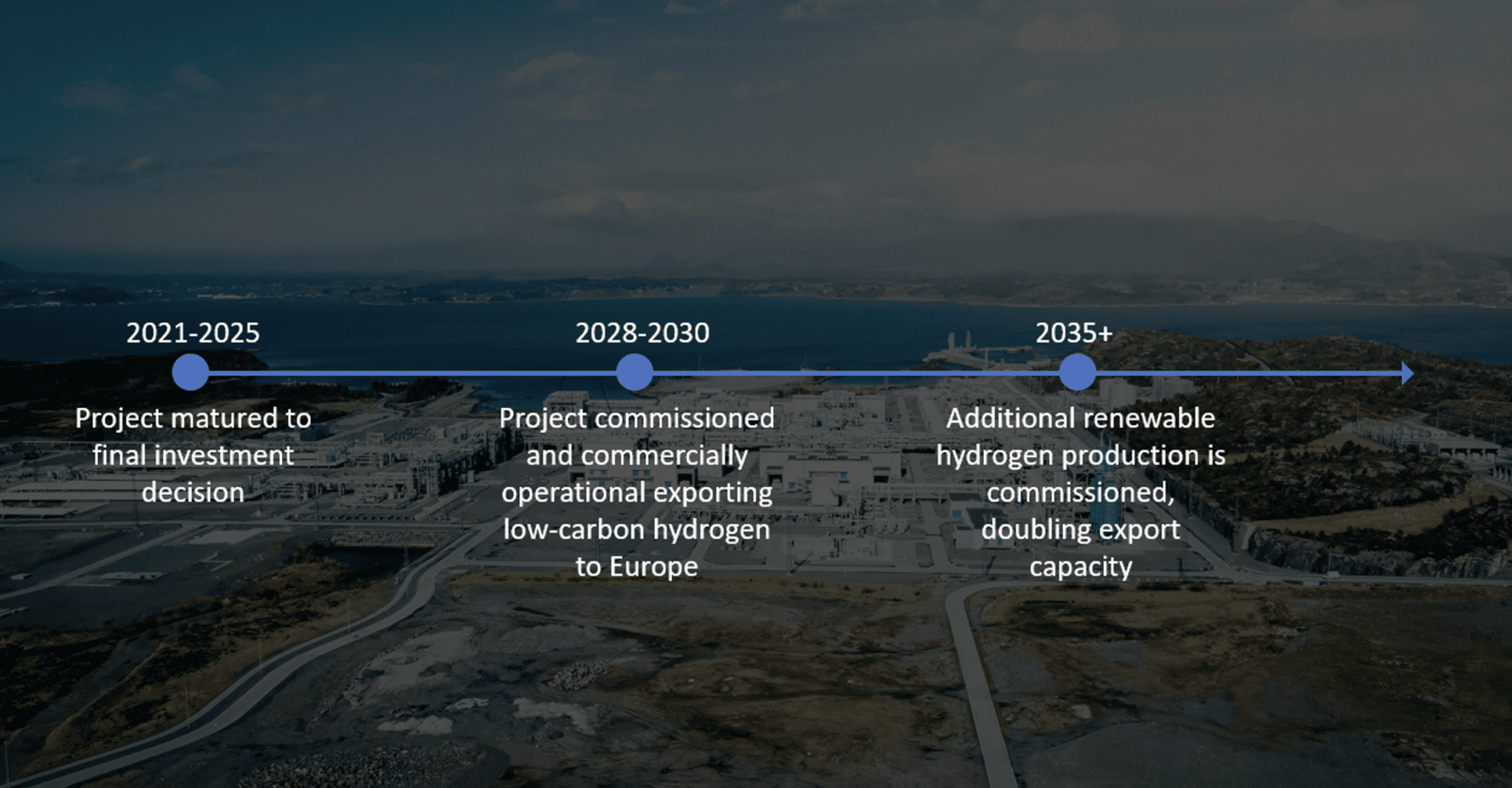Project
Aukra – a large-scale production facility for blue hydrogen

Contact
-
Anders Storstenvik
Asset Development Manager
- Key partners: CapeOmega and Norske Shell
- Capacity: 2,500 MW (1,200 tonnes per day by 2030)
- Abatement potential: 4 million tonnes of CO₂ per annum
At Aukra, in Møre and Romsdal county, on the Norwegian west coast, Aker Horizons, CapeOmega and Shell are developing a large-scale production facility for low-carbon (blue) hydrogen. The Aukra project has the potential of being a key driving force in Norwegian hydrogen export to Europe, and an important contributor to industrial scale decarbonization.

World class low-carbon intensity
The Aukra project will enable large-scale hydrogen production at a low-carbon intensity on par with renewable (green) hydrogen. The low-carbon intensity is enabled by using natural gas from the Ormen Lange gas field, where gas is transported directly to the onshore gas plant at Nyhamna without emission to air. The project will source natural gas from the Nyhamna plant, use renewable energy from the Norwegian power grid, and apply Best Available Technology (BAT) for carbon capture, with a capture rate above 95 percent. The captured CO₂ will be compressed and permanently stored in a suitable geological reservoir.
The hydrogen production will be based on proven technology (Steam Methane Reforming (SMR) technology, AutoThermal Reforming (ATR) or Partial Oxidation (Pox)), producing “industrial grade” hydrogen in compliance with the recommended quality specification for hydrogen flowing through a future European hydrogen transmission grid.

Export to Europe
The hydrogen produced at Aukra will be exported to Europe to meet the growing international demand for clean energy. European decarbonization efforts are progressing well with energy infrastructure between Norway and Germany high on the political agenda.
In 2022 German and Norwegian ministries announced ambitions to build a hydrogen pipeline connecting Norway and Germany. The two countries have agreed to perform a joint feasibility study for a hydrogen pipeline, either by building a new pipeline, repurposing existing offshore pipelines, or a combination of the two. Gassco has started this feasibility study together with 13 companies including the Aukra partners.
The feasibility study is one of several initiatives launched to support the accelerated 2030 hydrogen targets set by the REPowerEU plan. One important initiative is the European Hydrogen Backbone (EHB) that has identified a hydrogen pipeline connecting Norway and Europe as one of five key levers to reach the 2030 targets. The initiative is focusing on developing hydrogen infrastructure to decarbonize industry, transport, and power to industrial off-takers in Germany, the Netherlands, Belgium, France and other locations in North-West Europe. The speed of hydrogen adoption in these regions may be even faster than anticipated driven by increasing CO₂ prices in the EU and the RePowerEU ambitions to replace natural gas consumption.
The North Sea can play a key role in decarbonizing the European continent, as acknowledged by many European governments. In May 2022, the German, Belgium, Dutch and Danish ministries of Energy and Climate co-signed a “Declaration on the North Sea as a Green Power Plant for Europe”. Similarly, Belgium and Norway signed a Memorandum of Understanding (MoU) on energy cooperation in the North Sea in February 2022, in which the cooperation on imports of renewable or low-carbon hydrogen is explicitly mentioned.
Utilizing abundant renewable power
The Aukra Hydrogen Hub will utilize 250 MW of renewable power from existing onshore grid capacity, to support the production of 1,200 tonnes of hydrogen per day. After 2035, the plan is to double the production capacity at Aukra by also producing renewable (green) hydrogen, depending on renewable power capacity from offshore wind developments.

(LAST UPDATED: December 2022)